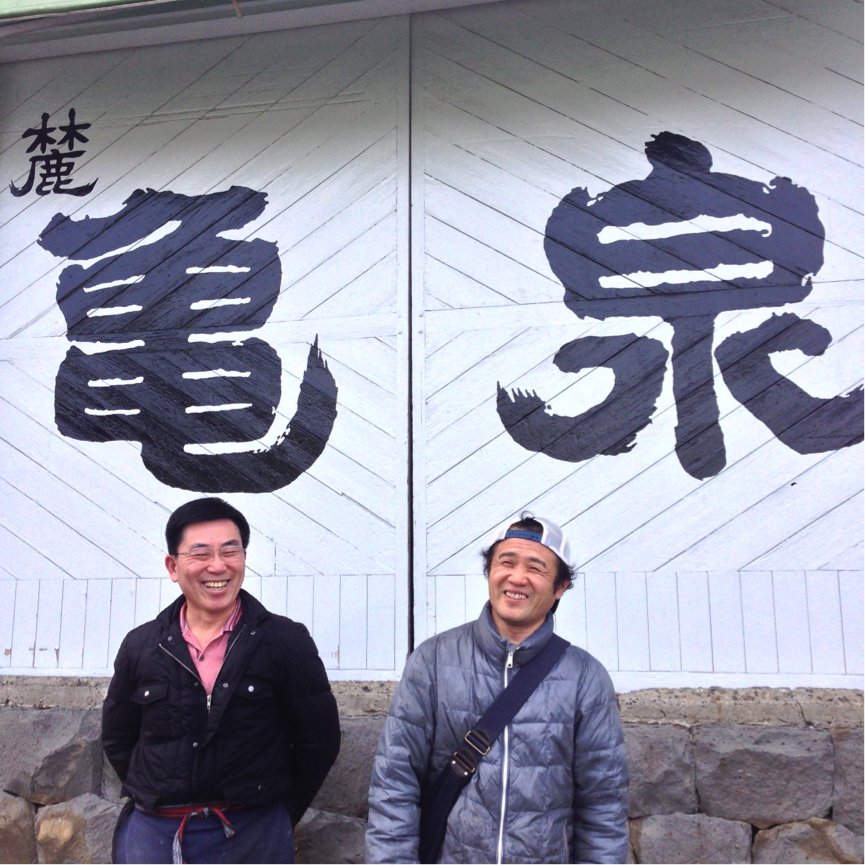Elliot's Article: 378,000 Kilometer Sake Tasting Tour
 As a sommelier still active in the world of wine, I went on a delicious tangential trip that took me into the parallel world of Japanese alcohol many years ago. Every day, I straddle the line that divides the two worlds, and I have to say it’s great. I’m never bored, and I always have something at least above 5% (even good Japanese beer starts at a fair a.b.v.) coursing through my system!
As a sommelier still active in the world of wine, I went on a delicious tangential trip that took me into the parallel world of Japanese alcohol many years ago. Every day, I straddle the line that divides the two worlds, and I have to say it’s great. I’m never bored, and I always have something at least above 5% (even good Japanese beer starts at a fair a.b.v.) coursing through my system!
At the end of my most recent trip to Japan, I was on a small island famous for Bonito and a heavy drinking culture. I was drinking endlessly varied and wonderfully misshapen cups of Tokubetsu Junmai with Mr. Saibara and Mr. Kawazawa (seen below). They are the first and next in line to take the torch in a long line of generational sake makers for Kameizumi Sake Brewery.
In an effort to find continuity between their unique water source and sake, we tasted tank after tank of their freshest sake with no spit buckets in sight. It didn’t take long before the specific sense of umami in their sake became obvious. Although they were the last people I saw on my journey, they had terroir and stories as unique and historical as the first people we visited.
With an area larger than Italy but smaller than Spain, I managed to visit 73 of Japan’s 1300 breweries and distilleries over 19 days earlier this March. During this time, I witnessed all stages of sake production from farming rice to fermentation, pasteurization, bottling and labeling.
I also saw one of sake’s most important processes: cleaning. A sake brewery is more sterile than a pharmaceutical laboratory and it was evident with every hair net I wore, every tiny pair of slippers I needed to change into when I went from room to room and every lab coat I needed to switch in and out of.
I saw century old box presses and revolutionary bladder presses lined up in a room larger than a gymnasium while I tasted out of every sized tank, barrel and bottle shape on the market. Much like with wine, I found that it was the character of the people behind the sake that had the greatest influence on the profile of each bottle.
Sake is often lost in translation to foreigners and Japanese alike. In reality, sake is not as esoteric as it seems but rather it has a history, terroir, identity and rationale that have been developing for centuries. This blog will talk about all of these things with the goal of better understanding and consuming of Japan’s alcoholic beverages.
Elliot Faber is the Sommelier and Beverage Manager of two cool Japanese Restaurants in Hong Kong: Yardbird and Ronin. Elliot is also one of the world’s experts on Sake, Japanese Whisky, Shochu, Awamori and Japanese beer.